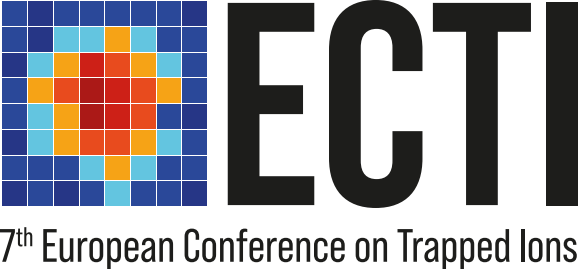Sprecher
Beschreibung
Trapped ion chains are a promising architecture for the development of quantum computers and quantum simulators owing to their high connectivity, high-fidelity gate operations, and long coherence times. Scaling up to many qubits is challenging as adding more ions to each chain increases its susceptibility to electric fields, slows down the gate operation and increases errors due to thermal motion.
While separate chains have been successfully connected by shuttling, for many ions this approach has large time and architectural overheads. Our design integrates a near-confocal optical cavity with a silicon micro-fabricated surface electrode ion trap with a focus on reproducibility for exploring a different approach to scaling. We aim to use a high-finesse optical cavity in order to create a fast, coherent, photonic interface between ion chains [1]. This may allow the entanglement of individual spatially separated qubits within one single trap with rates above 10 kHz. The high entanglement rates offer a means to connect multiple independent logical qubits on one trap. Further scaling is possible by using two-photon protocols, potentially employing superradiance, to connect independent cavity-based modules.
By using the cavity mode to form an optical lattice, we can suppress the motion of ions along the axial direction. This may allow individual addressing and controlled spin-spin interactions in chains of up to a hundred ions, with applications to quantum simulation, including that of lattice gauge theories.
[1] J. Ramette, J. Sinclair, Z. Vendeiro, A. Rudelis, M. Cetina, and V. Vuletić, Any-to-any connected cavity-mediated architecture for quantum computing with trapped ions or Rydberg arrays, PRX Quantum 3, 010344 (2022).

